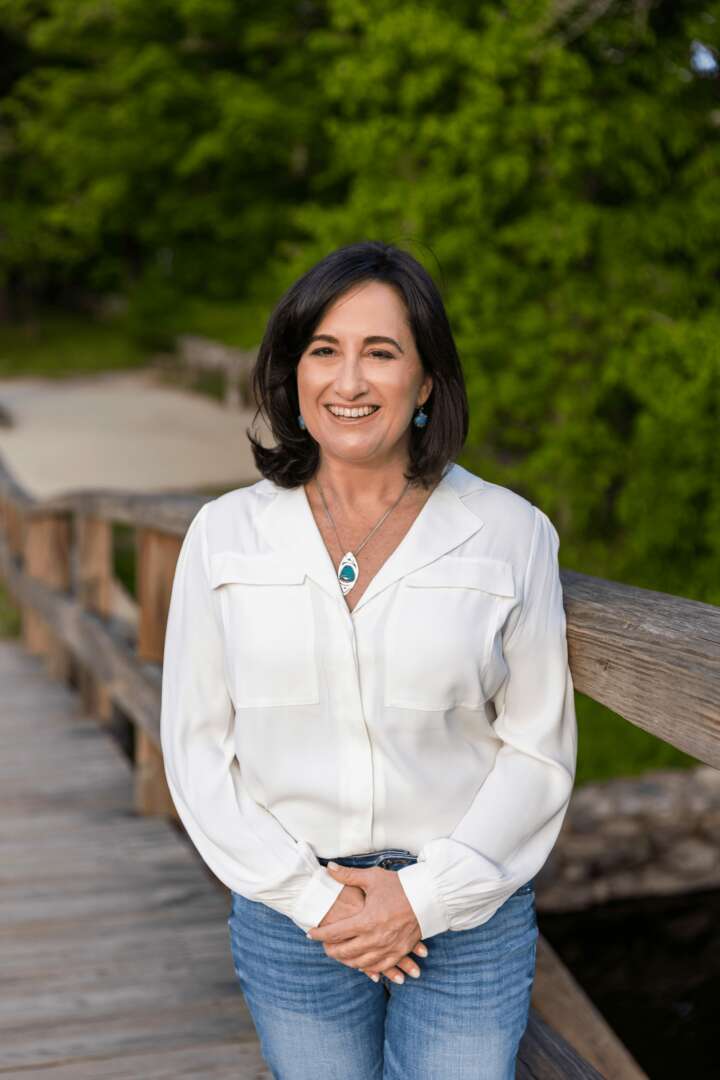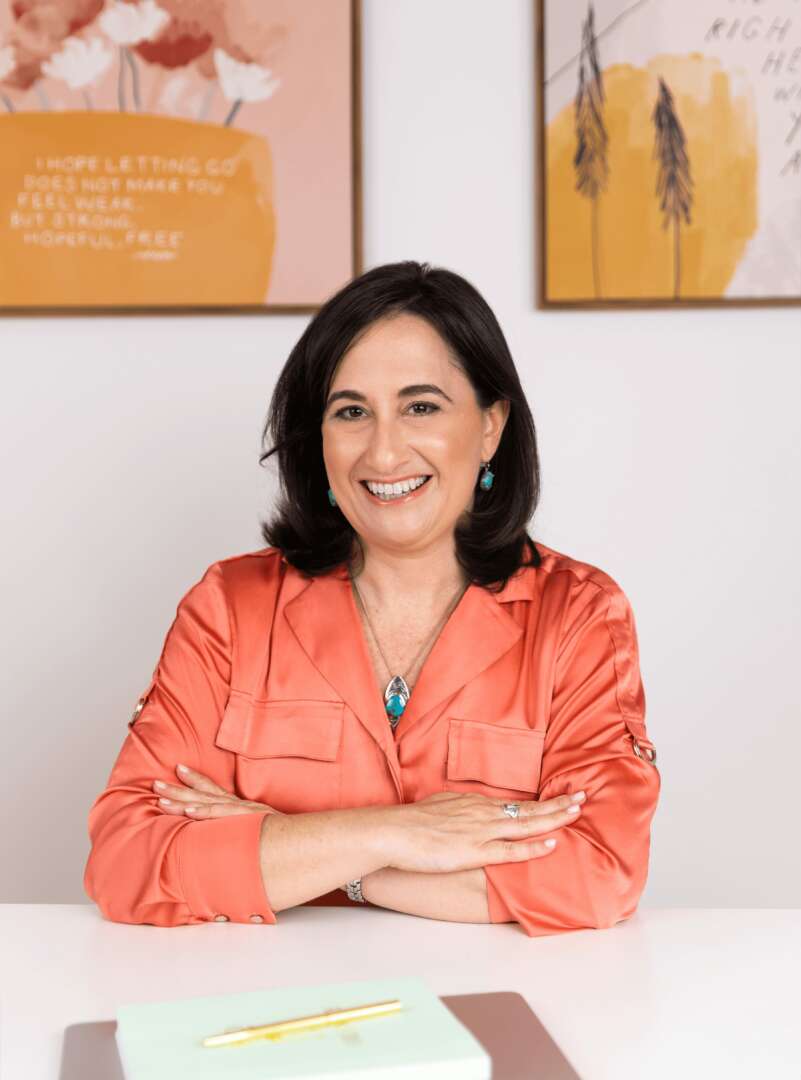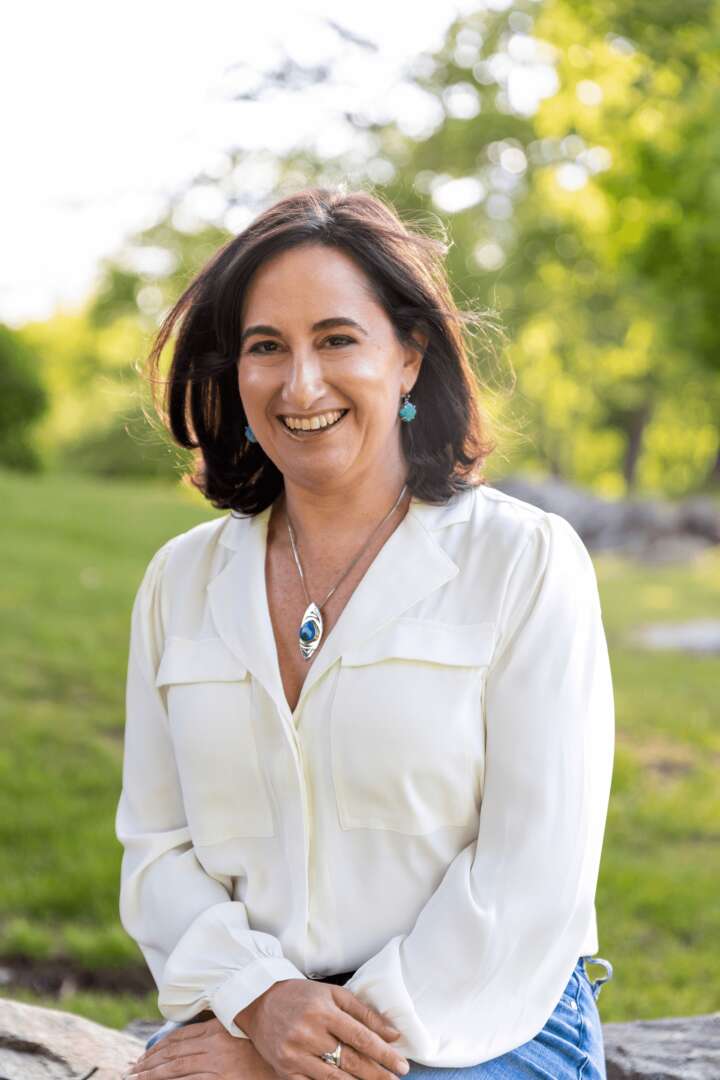We caught up with the brilliant and insightful Jennifer Crystal a few weeks ago and have shared our conversation below.
Jennifer, thanks for taking the time to share your stories with us today Did you always know you wanted to pursue a creative or artistic career? When did you first know?
I’ve always wanted to be a writer. In third grade, I squirreled away in my room writing stories about a little girl in “olden times.” I penned a poem about the moon, which I described as a “silver apparition in a freshly pressed gown.” When my grandfather read that description, he asked if it was something I’d heard or read somewhere. “No,” I told him. “I made it up.” He looked at me as if to say, “You’re on to something.” As if to say, “You’re really a writer.” That was probably the first time I saw the power of writing to move someone and to connect people, and I’d like to think the seeds of wanting to connect through story were sown then, if only subconsciously.
At around the same age, I used to play school, creating lesson plans and grade books the way my mother and stepfather, teachers in my school system, both did. My grandmother had also been a teacher. Though I told everyone I wanted to be a writer–I was so proud to receive the superlative “Best Writer” at the end of fourth grade, rather than “Best Line Leader” or “Neatest Desk”–teaching was also in my blood.
It wasn’t until graduate school that I saw how those two passions could come together. I’d tried them out separately: first as a high school English and Journalism teacher, and then as a freelance writer and Editorial Assistant for a magazine. When the bite of a tiny tick sidelined me from the second half of my twenties, I had to reconsider what meaningful work I could do in the context of chronic illness. I began writing and sharing my own story; I took a poetry class, writing about the color silver and reflecting back to my early moon poem; and I got inspired by a fellow writer with chronic illness, Laurie Edwards, who had gotten her M.F.A. in creative writing and worked as a college professor. I thought, if she could do all that with a chronic illness, maybe I could, too.
While earning my M.F.A., I studied narrative medicine and got deeper into the genre of writing to heal. I took classes on teaching composition. I realized that teaching students to write essays was not for me, but teaching creative writing was. I graduated knowing that I wanted to design and teach creative writing classes, especially those focused on writing to heal, and that I wanted to continue to share my own story through personal essays, op-eds, and eventually a memoir. I have been lucky enough to pursue those paths. While my life didn’t follow the trajectory I expected before I got sick, I believe I ended up doing exactly what I was meant to do.

As always, we appreciate you sharing your insights and we’ve got a few more questions for you, but before we get to all of that can you take a minute to introduce yourself and give our readers some of your back background and context?
I am a creative writer who specializes in writing to heal. I first discovered this genre in college, as an English major with a creative writing focus. My senior project was a 75-page work about the last year of my grandmother’s life. I learned how helpful it is to write through grief and how meaningful it is to create art out of difficult experiences. I then went on my own unexpected healing journey, getting several chronic illnesses that left me bedridden for the second half of my twenties. As I learned to live with chronic illness–rather than fight against it–I started writing and sharing my story through personal essay and op-ed. I again saw how important the writing process was in my own healing, and also saw that my work could give voice to others who were suffering and could foster understanding in people not living with chronic illness.
I earned my M.F.A. in creative writing, focusing on writing to heal and narrative medicine. Since then, I have taught writing to heal courses at Middlebury College and Lesley University, and I created and run the six-month application-based Writing to Heal Immersive Program at Grub Street Creative Writing Center in Boston, where I also teach other non-fiction classes. My own story has been published widely in various publications, and my memoir, One Tick Stopped the Clock, is forthcoming from Legacy Book Press in September 2024. I also serve as a writing coach, offering one-on-one writing support. (Readers can learn more about me, my work, and my book at www.jennifercrystal.com).
As a teacher, I am most proud of creating a safe, collaborative space where writers feel comfortable sharing their most vulnerable work. I love watching writers–and their writing–grow; I love watching people who wouldn’t otherwise connect read each other’s work and say, “I understand”; and I love getting to learn with and from my students.
As a writer, I am most proud of sharing my personal story of chronic illness in a way that feels accessible to others. Nothing makes me happier than hearing from a fellow patient who feels seen in my work, and I also feel really good when a healthy reader–sometimes a doctor–says they gained understanding about the lived patient experience through my writing. That’s narrative medicine in action!

What do you think is the goal or mission that drives your creative journey?
My goals are to share my story in the hopes of fostering awareness and understanding, and to help other writers tell their own stories.

We often hear about learning lessons – but just as important is unlearning lessons. Have you ever had to unlearn a lesson?
Writers tend to try to tie stories up in a neat little bow. I think that tendency stems from learning to write expository essays with a clear thesis and a tidy conclusion that “solves” the question of the thesis. That formula works well for academic writing, and for creative writing if one’s narrative happens to be what sociologist Arthur Frank calls a restitution narrative, in which the narrator returns to a pre-adversity state and everyone essentially lives happily ever after. Humans crave those kinds of stories, and when they’re true, they’re wonderful. For years when I was first sick with multiple chronic illnesses, long before I knew Frank’s language, I kept using the word back: I wanted to get back to work, back to life, back on track. I was trying to fit my narrative into a restitution box, when in fact it was a quest narrative–one in which the narrator moves forward in spite of adversity, with lessons learned and perspective gained. I’ve learned that life and art are both messy, and it’s okay to live that messiness and show that messiness on the page. In fact, it’s beautiful.
Contact Info:
- Website: https://www.jennifercrystal.com

Image Credits
Photography by Jessica Vultaggio https://www.jessijphoto.com


